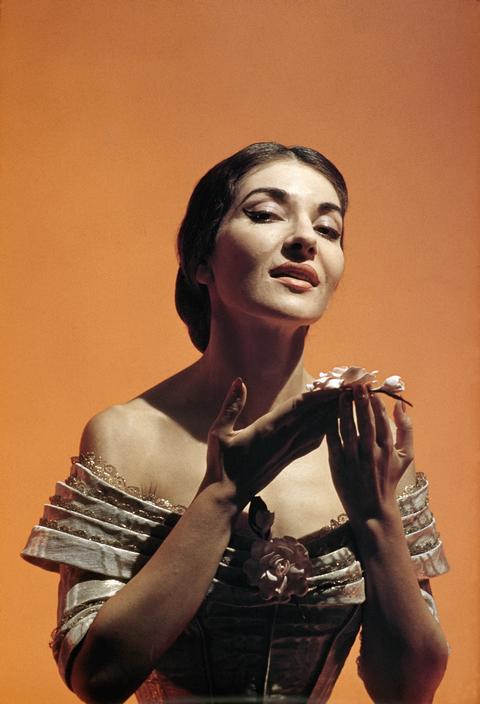Callas was not only an esteemed opera diva, she was one of the 20th century's most prominent celebrities, socialites, and an international icon of style and fashion.
Callas' performances of the early 19th-century bel canto operas of Bellini and Donizetti—relatively neglected at the time—influenced the repertoire of the next generation of opera. Meaning "beautiful singing/song", bel canto was a style of singing that originated in Italy and influenced European opera throughout the 18th and 19th centuries, but, with later operatic developments such as those by Verdi, Wagner, and the verismo style, had fallen out of favor, especially outside of Italy. Callas' imposing stage presence and musicality lent depth and intensity to these roles, which had been considered lighter fare of little relevance to contemporary audiences, and helped lead to the bel canto revival of the mid-20th century.
Premiering in 1831, Norma is one of the key operas in the bel canto style. It was also central to Callas' career, as she performed it more than any other opera. Within months of her public debut in 1938, Callas performed 'Casta Diva'—the most famous aria from Norma—at the Rex Theater in Athens. 'Casta Diva' became a signature aria for Callas, and she performed it for her 1945 audition for the New York Metropolitan Opera, as well as her 1947 audition for La Scala.
Callas first performed the role of Norma on stage in 1948. She performs the role more than any other soprano of her era, 89 times in total. She first recorded Norma in 1953 and a second time in 1960. Norma was the first opera Callas performed in the United States in her American debut with the the Lyric Opera of Chicago in November 1954. Her debut at the New York Metropolitan Opera two years later was also in the role of Norma.
Callas' range extended beyond the bel canto repertoire. A famous turning point in her career came in 1949 when, with only six days' preparation, she replaced the ailing Margherita Carosio in Bellini's I Puritani while she was concurrently performing Brünnhilde in Wagner's Die Walküre. For incredible accomplishments such as this, the public began to know Callas as "La Divina". Her first studio recording, made the same year, featured a mix of selections from Bellini's bel canto operas I Puritani and Norma as well as music from Wagner's Tristan und Isolde.
With its memorable characters, plot, and melodies, Verdi's La Traviata has become one of the essential works of the operatic repertoire since its premiere in 1853. Violetta, the main character of La Traviata, is the role Callas performed most after Norma. She performed the role more than 60 times between 1951 and 1958 but made only one studio recording of the opera in 1953. Perhaps the most famous production of La Traviata featuring Callas was that of director Luchino Visconti for the 1955/56 season of La Scala. Callas' final performance of Traviata was with the Dallas Opera in 1958.
Six of Callas's live performances of La Traviata were issued as complete recordings. Her 1958 performance of La Traviata in Lisbon became a holy grail among opera aficionados. Though not recorded professionally, an unauthorized recording of the recording circulated among Callas' fans. This legendary performance and the recording lent its name to the 1989 Terrence McNally play The Lisbon Traviata.
Join us in the Taper Auditorium this Saturday as the Los Angeles Metropolitan Opera celebrates the memory of this 20th-century icon with a presentation of scenes from Norma and La Traviata.







